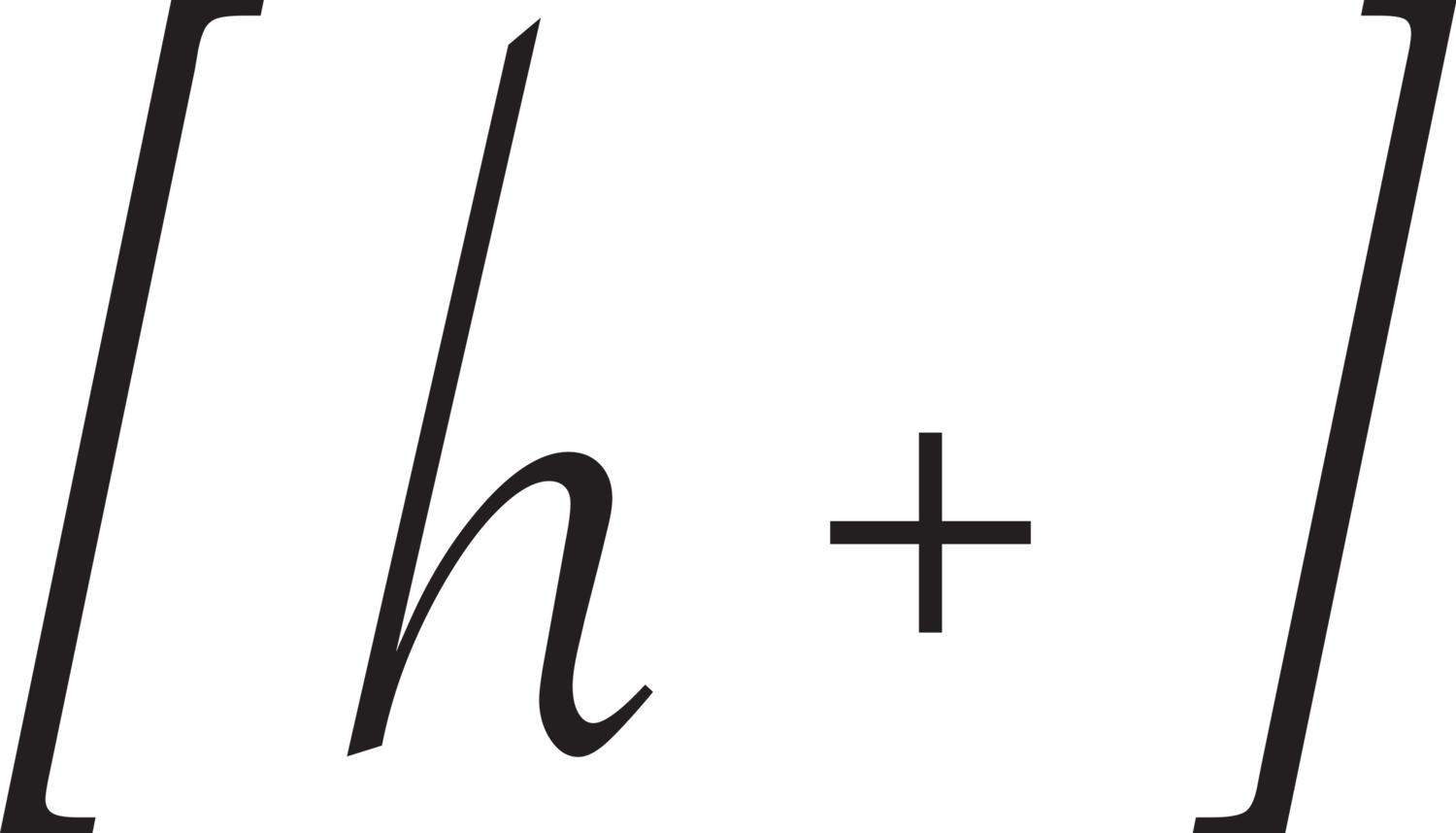Why Your "Training Age" Matters More Than Your Actual Age (And Why Most People Get This Wrong)
I had a conversation last week with a 45-year-old who told me he was "too old" to start proper strength training. Meanwhile, I've got a 22-year-old client who can barely squat his bodyweight and gets winded walking up a flight of stairs.
Guess which one I'd rather coach?
Welcome to the confusing world of training age vs chronological age - a concept that most people completely misunderstand, and frankly, most coaches don't explain properly either.
So let's break this down, because if you're making decisions about your training based on the number on your birth certificate rather than what your body has actually been through, you're missing the point entirely.
What Actually Is "Training Age"?
Training age is simply how long you've been consistently training in a particular discipline. Not how long you've been "going to the gym" (we've all got that mate who's been "going to the gym" for 10 years but still looks exactly the same), but how long you've been following progressive, structured training.
Here's where it gets interesting for Hybrid Athletes specifically.
You might have a 10-year training age in strength training, but a 6-month training age in endurance. Or vice versa. This creates some fascinating scenarios when it comes to programming your concurrent training, because your body is essentially operating at two completely different levels of adaptation.
The Four Types of Hybrid Training Ages You'll Encounter
Let me break down the most common combinations I see, because recognising which category you fall into will completely change how you should approach your training:
The Strength Veteran/Endurance Newbie - You can deadlift twice your bodyweight but running 5km feels like cruel and unusual punishment. Your strength training age might be 5+ years, but your endurance training age is basically zero.
The Endurance Veteran/Strength Newbie - You can run a sub-20 minute 5km in your sleep, but the idea of squatting with a barbell on your back fills you with existential dread. Flip the scenario above.
The Fitness Class Hero - You've been doing "fitness" for years, but never really progressed in either strength or endurance because you've been programme-hopping every month. Your chronological training age might be high, but your actual training age in anything specific is embarrassingly low.
The True Beginner - New to everything, which is actually brilliant because you're a blank canvas with no bad habits to undo.
Why This Changes Everything About Your Programming
Here's where most people (and coaches) get it wrong. They look at someone's chronological age and assume that determines their training capacity.
I've worked with 50-year-olds who can handle more training volume than 25-year-olds, purely because they've got a decade of consistent strength training under their belt and understand how to manage fatigue, recovery, and progression.
Your training age determines:
How much volume you can handle
How quickly you'll adapt to new stimulus
What your priorities should be in concurrent training
How aggressive you can be with progression
If you're a strength veteran but endurance newbie, you don't need to spend months learning how to squat properly. You can dive straight into more advanced concurrent programming because half the equation is already sorted.
But if you're new to both? Well, that's a different conversation entirely.
The Biggest Mistake People Make
The mistake I see constantly is people trying to train like they have a high training age in both disciplines when they clearly don't.
They'll follow some Instagram hybrid influencer's programme that has them doing advanced strength periodisation alongside high-volume endurance training, then wonder why they feel like death and aren't progressing in either discipline.
Or worse - they'll use their chronological age as an excuse. "I'm 40, I can't train that hard anymore." Mate, if you've never actually trained hard consistently, age isn't your limiting factor - your training age is.
So What Should You Actually Do?
Simple. Be honest about where you actually are, not where you think you should be.
If you're a strength veteran but endurance newbie, your first 6 months should be heavily weighted towards building that aerobic base whilst maintaining (not necessarily progressing) your strength. You've got years to build on that endurance foundation, but if you try to do everything at once, you'll make progress in neither.
If you're new to both, congratulations - you get to follow a proper beginner hybrid programme that will give you the biggest bang for your buck in both disciplines simultaneously.
And if you're one of those fitness class heroes who's been spinning their wheels for years? Time to get serious about actually progressing in something measurable for once.
The Bottom Line
Your chronological age is just a number. Your training age is what actually matters for determining how you should train.
Stop using your age as an excuse, and start being honest about what your body has actually adapted to. Because once you do that, you can finally start making the progress you've been chasing for years.
And if you're not sure which category you fall into, or how to structure your training based on your actual training age rather than the number on your driving licence, well - that's exactly what the Hybrid Foundation is designed to sort out.
It works whether you're 25 or 55, strength veteran or complete beginner. Because it's designed around training principles, not arbitrary age brackets.
Feel like you're ready to start training smart rather than just training hard? You know where to find me.
